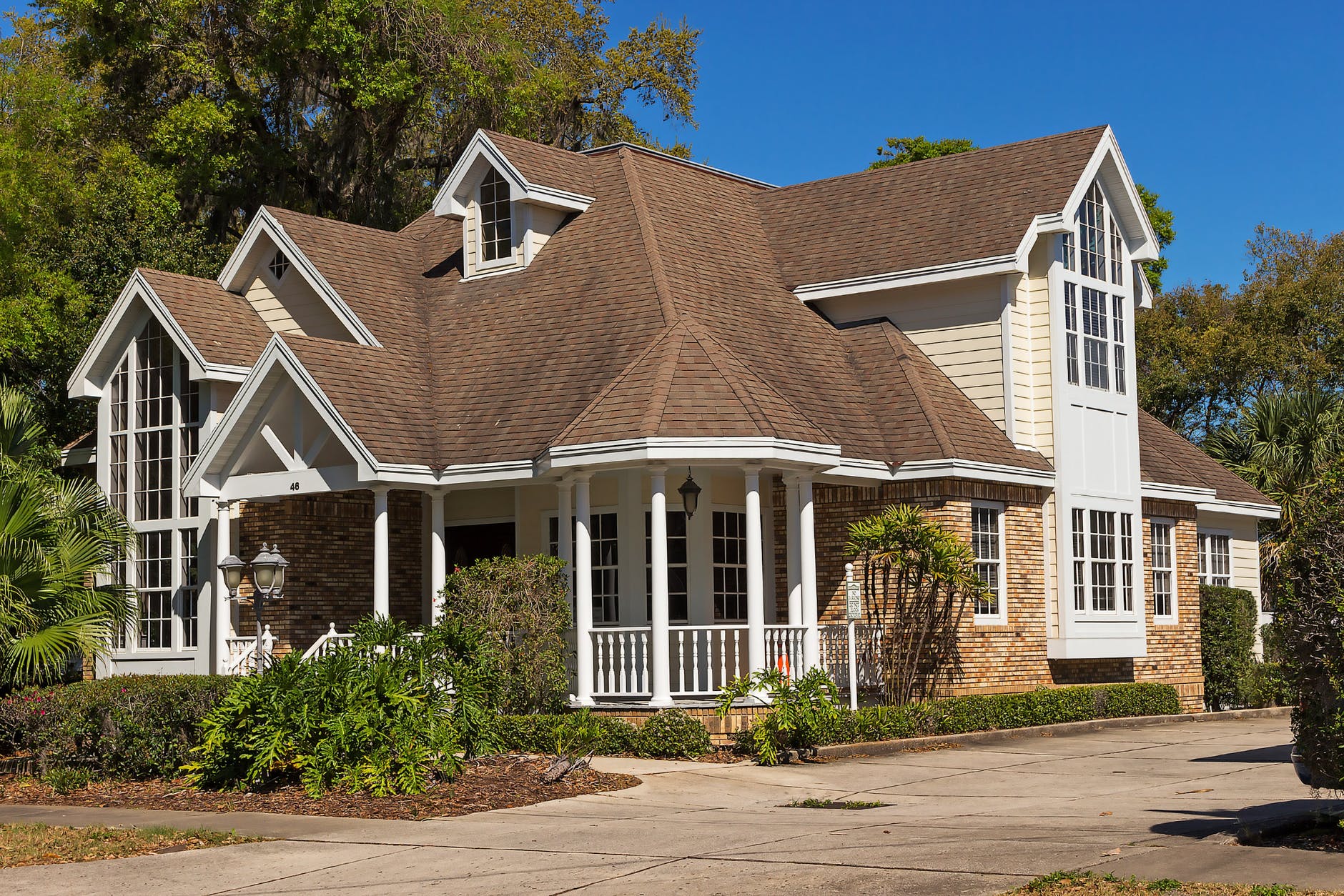
Home Roof
A roof inspection is a critical aspect of home and commercial building maintenance, often overlooked until a problem arises. Regular roof inspections can prevent costly repairs, extend the lifespan of the roof, and ensure its safety and security.
Purpose of a Roof Inspection
The primary goal of a roof inspection is to assess the overall condition of the roof, identify any immediate or potential issues, and recommend maintenance or repair solutions. Inspections are crucial for:
- Identifying Damage: Detecting damage caused by weather, wear and tear, or other factors.
- Preventative Maintenance: Addressing minor issues before they become major problems.
- Extending Roof Life: Regular inspections and maintenance can significantly extend the lifespan of your roof.
- Ensuring Safety: Ensuring the structural integrity of the roof to protect the inhabitants.
- Insurance and Warranty Claims: Some insurance and warranty claims require regular inspections.
The Inspection Process
A comprehensive roof inspection covers several key areas and is typically conducted in two parts: an interior inspection followed by an exterior inspection.
Interior Inspection
This part of the inspection takes place inside the home and focuses on identifying signs of roof problems from within the house. Inspectors typically look for:
- Water Stains or Leaks: Indications of water penetration, which could suggest leaks.
- Structural Issues: Checking the attic for sagging or bending, which might indicate structural concerns.
- Insulation Quality: Assessing the condition and adequacy of insulation.
- Ventilation: Ensuring proper attic ventilation to prevent moisture buildup and regulate temperature.
- Mold and Rot: Looking for signs of mold, mildew, or wood rot, which can compromise the roof’s integrity.
Exterior Inspection
The exterior part of the inspection is conducted on the roof itself. Inspectors typically assess:
- Shingles or Tiles: Checking for missing, loose, or damaged shingles or tiles.
- Flashing: Examining the flashing around roof penetrations, chimneys, and vents for signs of damage or decay.
- Gutters and Downspouts: Ensuring they are securely attached, free of debris, and functioning properly.
- Moss and Algae Growth: Identifying any growth that could damage roofing materials over time.
- Structural Issues: Observing any signs of sagging or uneven roof planes.
- Signs of Aging: Assessing general wear and tear as a roof nears the end of its expected lifespan.
What Inspectors Look For
Roof inspectors have a checklist of items to review, which includes:
- Material Condition: The condition of roofing materials like shingles, tiles, or metal panels.
- Workmanship: Quality of the installation and any previous repair work.
- Seals and Joints: Condition of seals and joints, which are critical for preventing water leakage.
- Drainage Systems: The effectiveness of the roof’s drainage system, including gutters and downspouts.
- Water Damage: Any evidence of water damage or leaks.
- Ventilation Systems: Adequacy and condition of roof ventilation systems.
Post-Inspection
After the inspection, the inspector usually provides a detailed report that includes:
- Findings: A summary of the inspection, highlighting any areas of concern.
- Photographic Evidence: Photos of any damage or issues found during the inspection.
- Recommendations: Suggestions for repairs, maintenance, or further evaluation.
- Estimates: If applicable, rough estimates for any suggested repair work.
Conclusion
Regular roof inspections are a key component of property maintenance. They help identify potential problems early, thereby saving time and money in the long run. Professional roof inspectors use their expertise to thoroughly evaluate the condition of the roof, both from the inside and outside, and provide valuable recommendations. By understanding what a roof inspection involves, property owners can better appreciate the importance of this practice and take proactive steps to maintain the health and longevity of their roofs.






